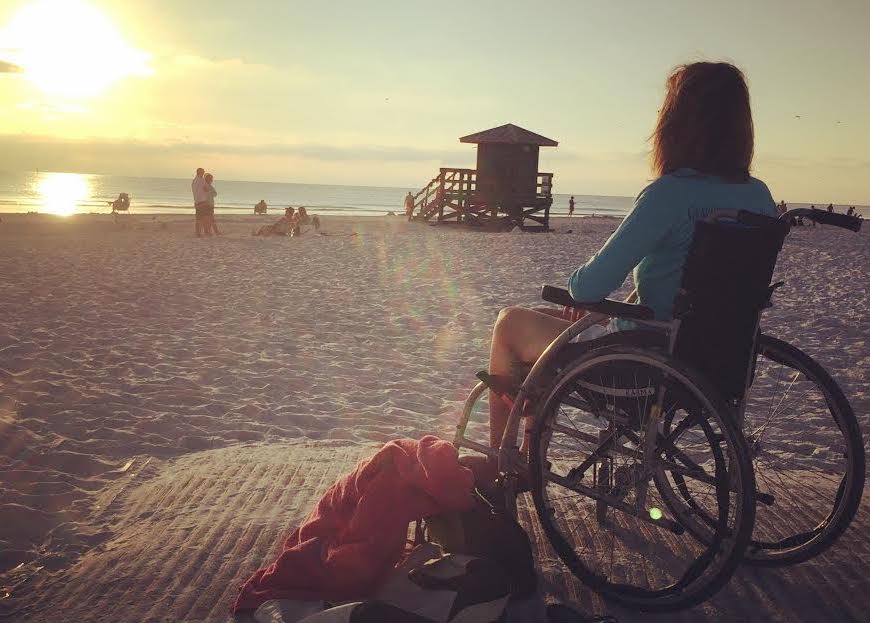Traveling with disabilities doesn’t have to mean avoiding extreme sports and adventures. Many destinations and organizations around the world are working to make adventure activities more accessible to people with disabilities. Here are some tips and considerations for those with disabilities who are interested in participating in extreme sports and adventures:

Research Accessible Destinations:
Look for destinations that are known for their accessibility and have facilities catering to people with disabilities. Some countries and regions are more progressive in providing accessible infrastructure and services.
Choose the Right Activity:
Not all extreme sports and adventures are equally accessible. Some activities may require more physical ability or adaptation than others. Research and choose activities that align with your abilities and interests.
Adaptive Equipment:
Explore adaptive equipment designed for specific disabilities. Many adventure sports centers and tour operators provide adaptive gear that can make certain activities more accessible.
Professional Guidance:
Seek out experienced guides and instructors who have expertise in working with people with disabilities. They can provide proper instruction, support, and guidance to ensure a safe and enjoyable experience.
Communication with Operators:
Before booking any adventure, communicate with the operators or tour companies to discuss your specific needs. Make sure they understand your requirements and can accommodate them. Ask about their experience with guests with disabilities.
Training and Preparation:
Depending on the activity, some training may be required. Ensure that the training program will cater to your needs, and don’t hesitate to ask for additional assistance or modifications.
Travel Companions:
Consider traveling with friends or family who can provide additional support. Having a reliable support system can enhance the overall experience and help overcome potential challenges.
Accessible Accommodations:
Choose accommodations that are wheelchair accessible or meet other specific needs. This includes accessible bathrooms, ramps, and other features that can make your stay more comfortable.
Know Your Limits:
While pushing boundaries can be rewarding, it’s essential to know your limits. Listen to your body and communicate openly with instructors about any concerns or discomfort you may be experiencing.
Advocate for Inclusivity:
If you encounter barriers or challenges during your travels, provide constructive feedback to the operators. Advocate for greater inclusivity in adventure sports and encourage positive changes in the industry.
Conclusion
Remember, traveling with disabilities might not be easy and the key is to plan ahead, communicate effectively, and work with professionals who have experience in providing inclusive adventure experiences for people with disabilities. Many organizations are willing to making adventure sports accessible to everyone, so don’t hesitate to explore and pursue your interests.
Be sure to stay connected with BNESIM eSIM as you travel the world. BNESIM eSIM options allow you to stay engaged while traveling overseas at a minimal cost. There are eSIM data plans available for over 200 countries, and you can activate them on a pay-as-you-go, daily, or monthly basis.
Install eSIM before you go so you may start utilizing data as soon as you arrive!
